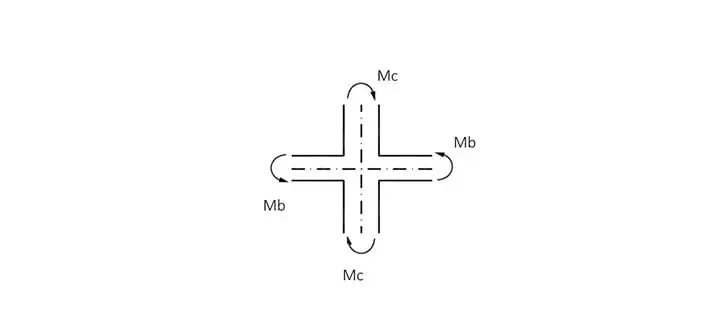
Strong Column-Weak Beam Condition Check (ACI-318)
Summary
Ensuring Ductility with Strong Column-Weak Beam Design in ACI 318
ProtaStructure verifies global and local ductility conditions in compliance with ACI 318 Section 18.7.3, a vital standard for seismic design. The software evaluates the Strong Column-Weak Beam ACI 318 condition, ensuring that structural elements meet safety and ductility requirements during seismic events.
Importance of Strong Column-Weak Beam Design
In seismic design, the strong column-weak beam principle ensures that columns are stronger than the beams they support. This hierarchy prevents column failures, which could lead to structural collapse. By ensuring beam failure occurs first, the design allows for controlled energy dissipation, enhancing the building’s overall seismic resilience.
Key benefits of this principle include:
- Improved Ductility: Columns remain intact, allowing for controlled deformations.
- Energy Dissipation: The structure absorbs seismic forces without catastrophic failure.
- Enhanced Stability: The building maintains its integrity during and after earthquakes.
Calculations Covered in the Document
This document provides a detailed overview of:
- Column-to-Beam Strength Ratios: Ensuring columns are sufficiently stronger than beams to prevent premature failure.
- Load Combination Analysis: Evaluating seismic and gravity load combinations per ACI 318 guidelines.
- Local Ductility Checks: Verifying individual members meet ductility requirements.
ProtaStructure automates these calculations, ensuring efficiency and compliance.
Real-World Applications
Discover how ProtaStructure ensures seismic safety in real-world projects:
- Visit our Projects Gallery for inspiring examples.
- Read Customer Success Stories to see how engineers leverage ProtaStructure for innovative designs.
Benefits of Using ProtaStructure for Ductility Checks
By utilizing ProtaStructure’s advanced tools, engineers can:
- Ensure compliance with ACI 318 Section 18.7.3.
- Enhance seismic performance with accurate strength and ductility evaluations.
- Save time with automated design workflows.
- Deliver safer and more reliable building designs.







